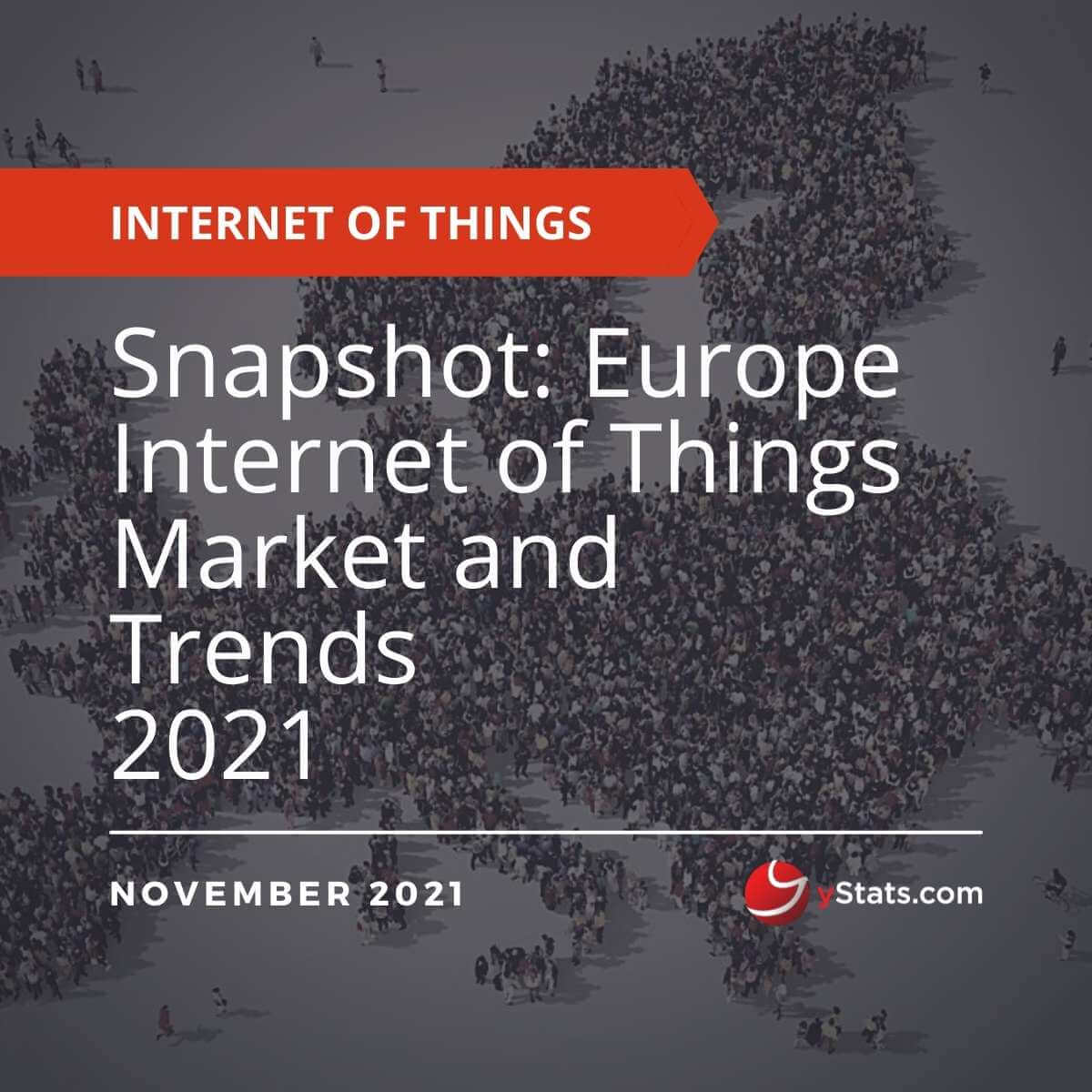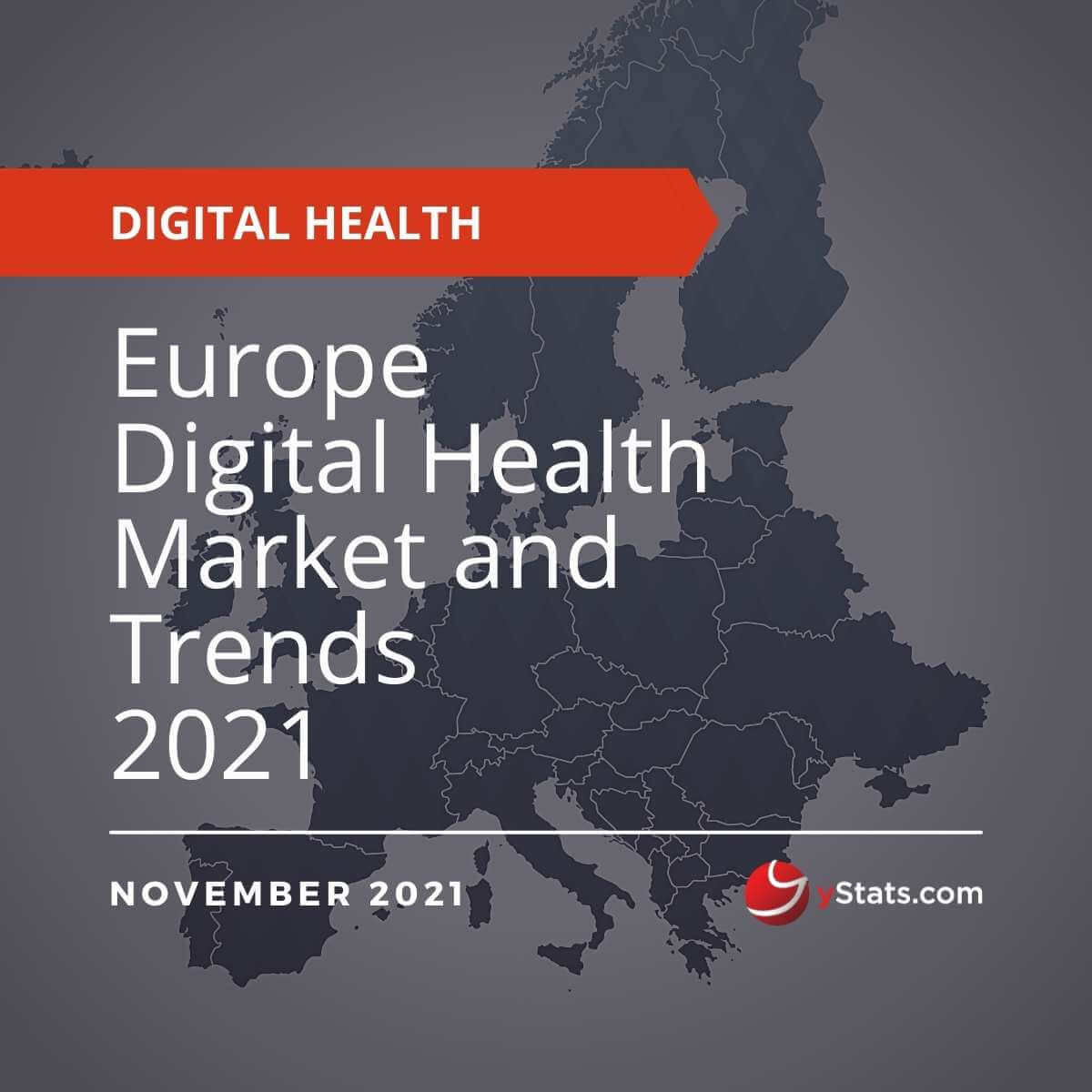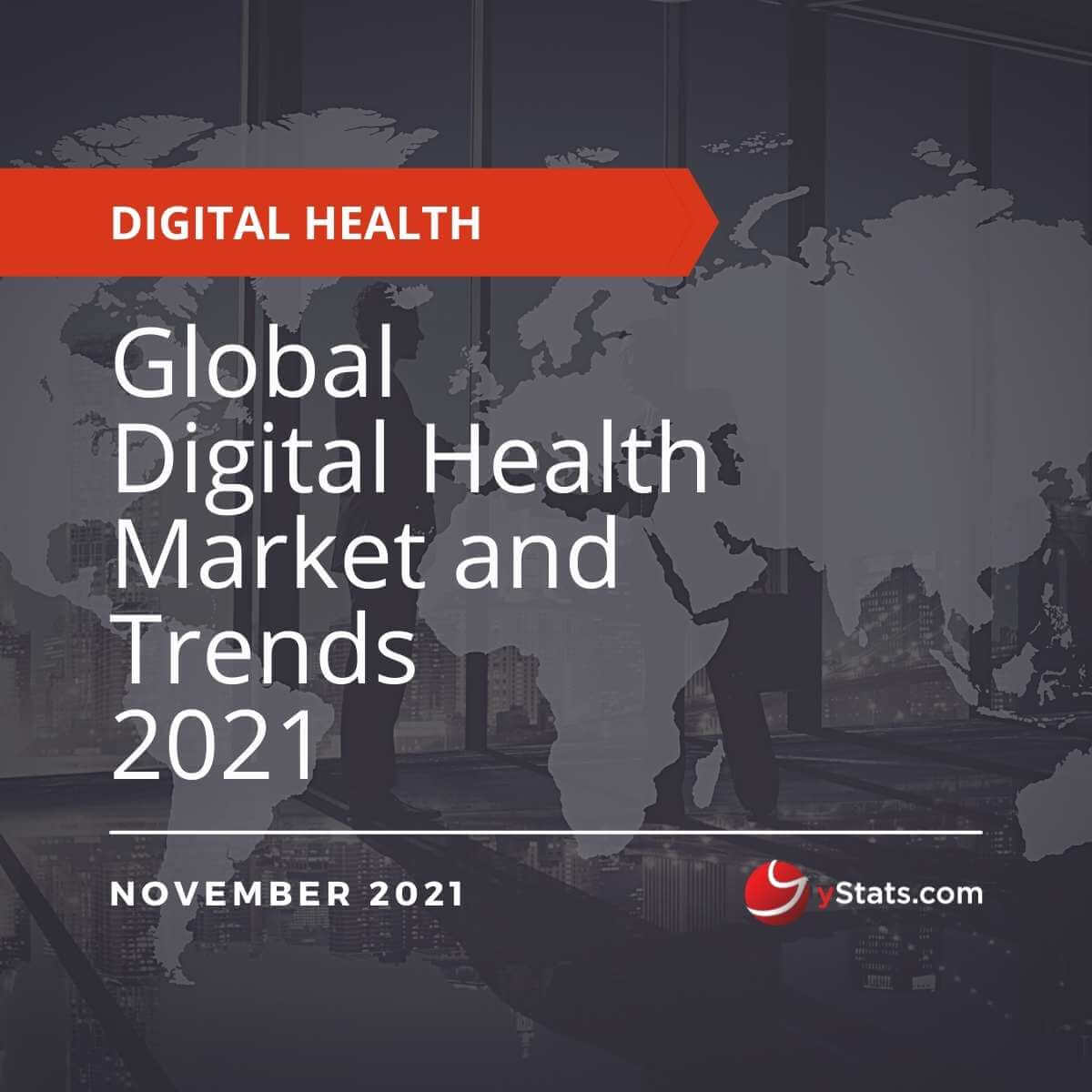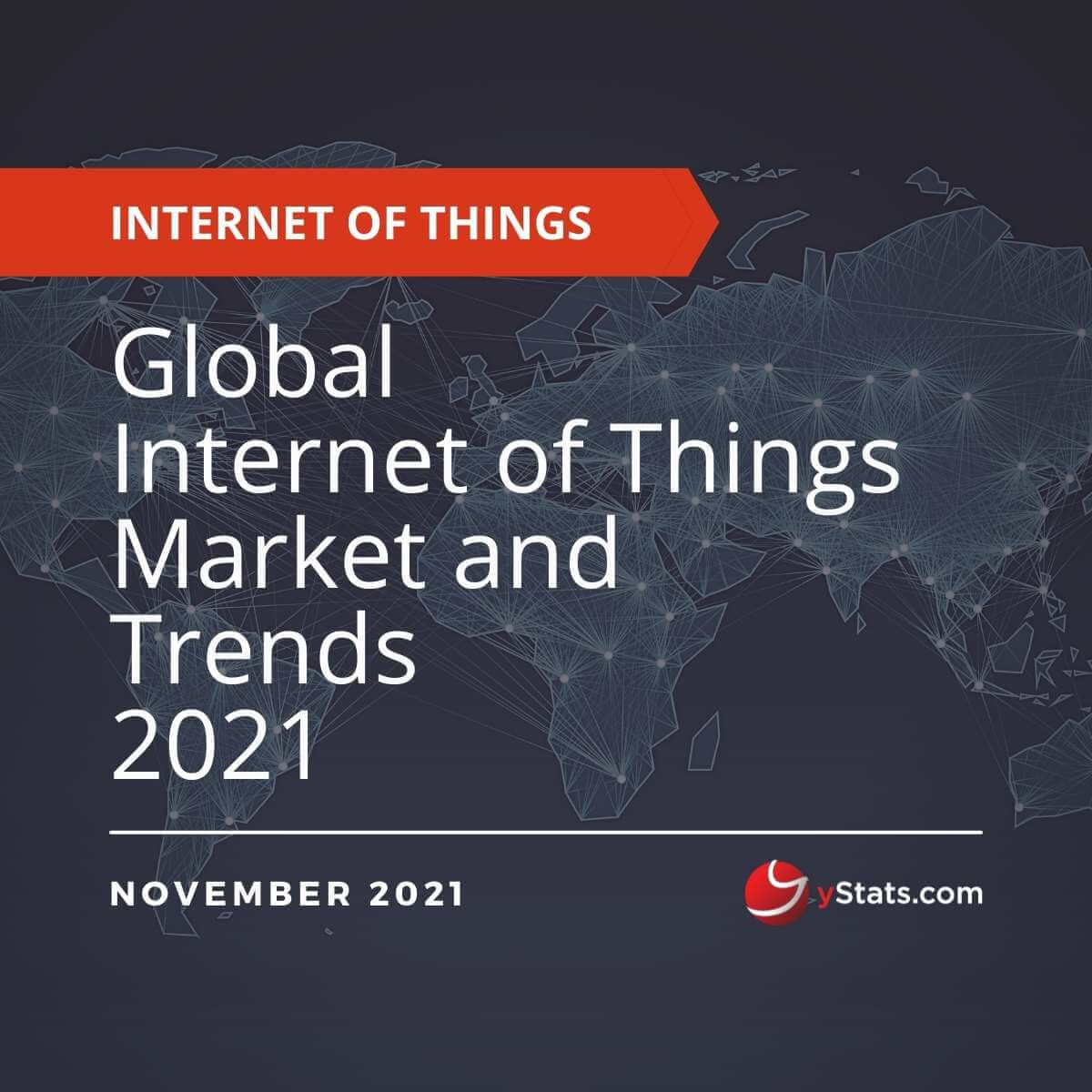Description
Countries Covered: France, Germany, UK
Pages: 54
Publication Date: 03/11/2021
Questions Covered in the report:
- What is the status of Internet of Things technologies worldwide in 2021 and which of them are gaining momentum?
- How will the share of households with smart home automation in use be in 2025?
- What is the number of installed IoT connections in 2030?
- What is the global IoT market revenue forecast for 2024?
Key Findings:
International industries, as well as customers, progressively adopt Internet of Things technologies: new yStats.com report.
As of 2021, over 4 in 5 senior decision-makers and implementers of IoT strategy in the United Kingdom consider IoT implementation into their business among the main priorities
Defined as a system of interrelated computing devices, mechanical and digital machines, objects, animals, or people that are provided with unique identifiers (UIDs), Internet of Things (IoT) offers the ability to transfer data over a network without requiring human-to-human or human-to-computer interaction. Both consumers and businesses are increasingly adopting IoT for numerous purposes and the technology is being implemented rapidly across the globe. Moreover, by 2024, international IoT market revenue was calculated to cross a USD one trillion point and by 2030 the number of connected devices will likely reach nearly thirty billion worldwide. Furthermore, observing the trend, global companies’ executives defined the incorporation of IoT into their business as an important strategic objective, according to the surveys cited in the new yStats.com publication. For instance, in the United Kingdom, over 80% of senior decision-makers and implementers of IoT strategy surveyed in April 2021 saw IoT deployment into their business among the core priorities, with less than half of them having specific intentions regarding it for the near future. Moreover, more than 30% of them assumed “Increased profit” as the key benefit of IoT implementation, together with “Reduced costs” and “Entering new markets.
In Europe, the adoption of Internet of Things technology is accelerating
By 2030, according to a 2021 forecast, the highest number of IoT connections will be registered in Europe. The region was estimated to be followed by North America, Asia, Latin America, and Middle East & Africa. Furthermore, already in 2021, more than 90% of all West European and over 80% of all East European connectivity service providers were offering the fast wireless connection needed for a figure which has almost doubled since 2018. Additionally, in Western EU countries, the adoption of consumer IoT was also recorded to be higher than in Eastern Europe, with the Netherlands, Iceland, Norway, and the UK, having the highest adoption rates of Internet-connected home energy management, security- and safety connections, home appliances, virtual assistants, TV, and game consoles.






